Whether you’re interested in cacti for their historical, religious, and medicinal aspects, or simply looking for a low-maintenance house plant to set on your windowsill, there is plenty to learn from this strange and spiky plant. While some species of cacti grow tall enough to seem like trees, they are a distinct genera called Cactaceae, which includes almost two thousand different species. Here are some of the most popular cactus trees to know:
Saguaro
One of the most tree-like cacti around and a quintessential addition to any desert depiction, saguaro are beloved cacti that carry heavy symbolism in popular culture. For how widespread their image has become, these cacti are only found in the Sonoran desert. Often, these cacti grow arms as they age. These arms point straight up and can number over 25.
Like most cacti, saguaros are covered in protective spines, so keep a respectful distance if you happen to cross paths with one in real life. In the spring, you’ll find this columnal friend to have white flowers. By summer, this plant will produce red fruit.
These cactus trees can grow old, too. It is estimated that some trees are between 150 and 200 years old. However, since they’re so slow-growing, it can be hard to guess a saguaro’s age. Depending on the growing conditions, a 10-year-old plant might only be two inches tall. Other saguaros measure in at a towering 60 feet tall!
Another cool fact to visualize is that a saguaro’s roots are usually around four to six inches deep. However, the root system usually spans as wide as the plant is tall.
When the plant dies, its tall columns become woody and rib-like. These materials can then be used for making shelter, water vessels, fences, and furniture.
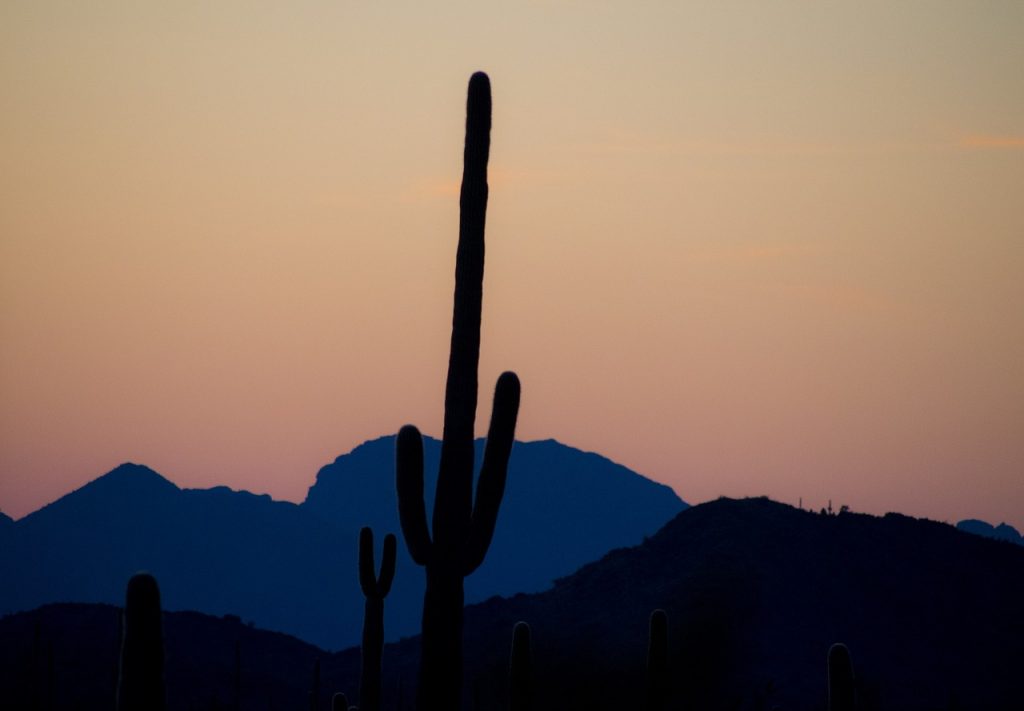
Prickly Pear Cacti
Prickly pear cacti represent about a dozen different species of the Opuntia genus. The distinguishing characteristic of this cactus is a flat and fleshy pad-like structure with sharp spikes growing in clusters shooting out from every side. These are the plant’s stems and they are excellent for storing water – a major necessity for any cacti growing in the desert.
Unlike the saguaro, the prickly pear has a wide variety of habitats in which it can be found. It likes areas where the soil is sandy and gravelly. It can thrive in washes, around boulders, and upon rocky foothills.
This plant’s flowers are yellow and will appear sometime around May or June. A single plant can live for over 20 years. A word of warning: the barbed spires of the prickly pear cactus are particularly difficult to remove from one’s skin.
Don’t let this plant’s spiky exterior turn you away, though – it’s edible and delicious when harvested carefully. The fruits or “pears” of the plants are red and scrumptious, often sold in stores under the name “tuna”.
Prickly pear “nectar” is with the juice and pulp of the fruits. Even the fleshy, flat pads can be used as ingredients inside tacos, for example, and can be recognized on a menu under the name “nopalito”. Yum.
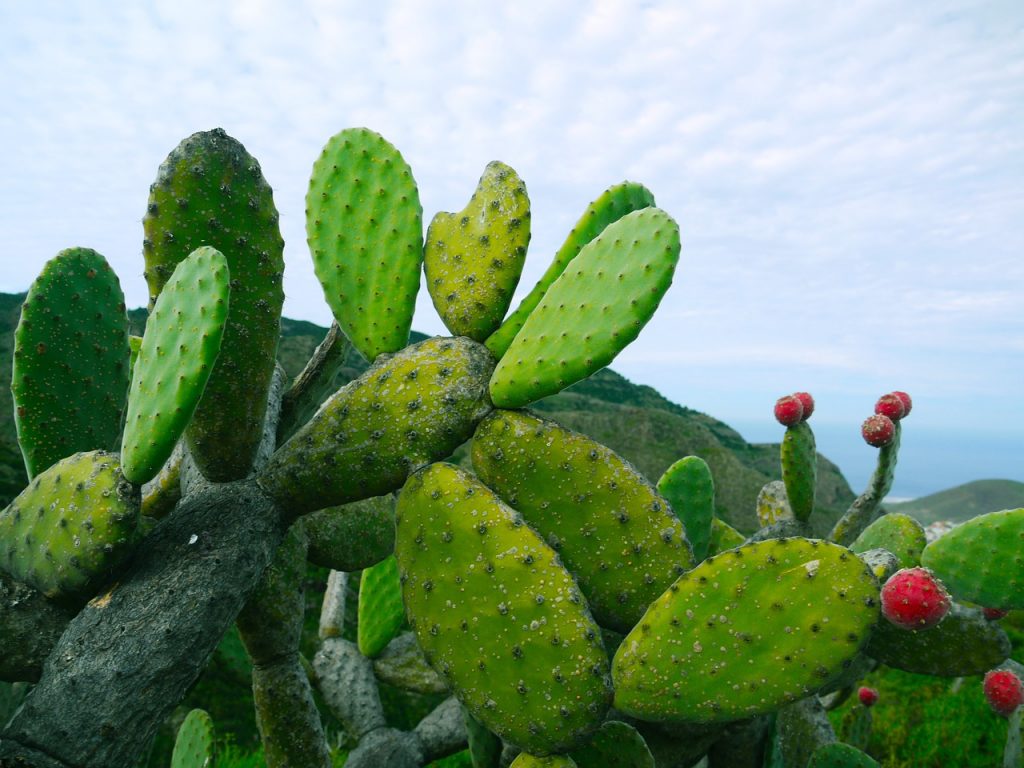
Schlumbergera Cacti
Schlumbergera is, again, not just one kind of cactus, but instead, a genus that represents nine or so different species. These cacti are native to south-eastern Brazil, in a landscape defined by coastal mountains.
While you may not recognize the name of this cactus right away, chances are you’ve heard them referred to by their more common titles. Christmas cactus, Thanksgiving cactus, and Easter cactus are all Schlumbergera cacti. Each common name refers to the season in which the particular species flowers.
Out in their natural habitat, these cacti grow on trees. They are distinct in the way their small pads form links of spiral-like chains from the base of the plant. This plant can grow up to four feet tall. The flowers are adapted to be pollinated by hummingbirds in the high-altitude moist forests.
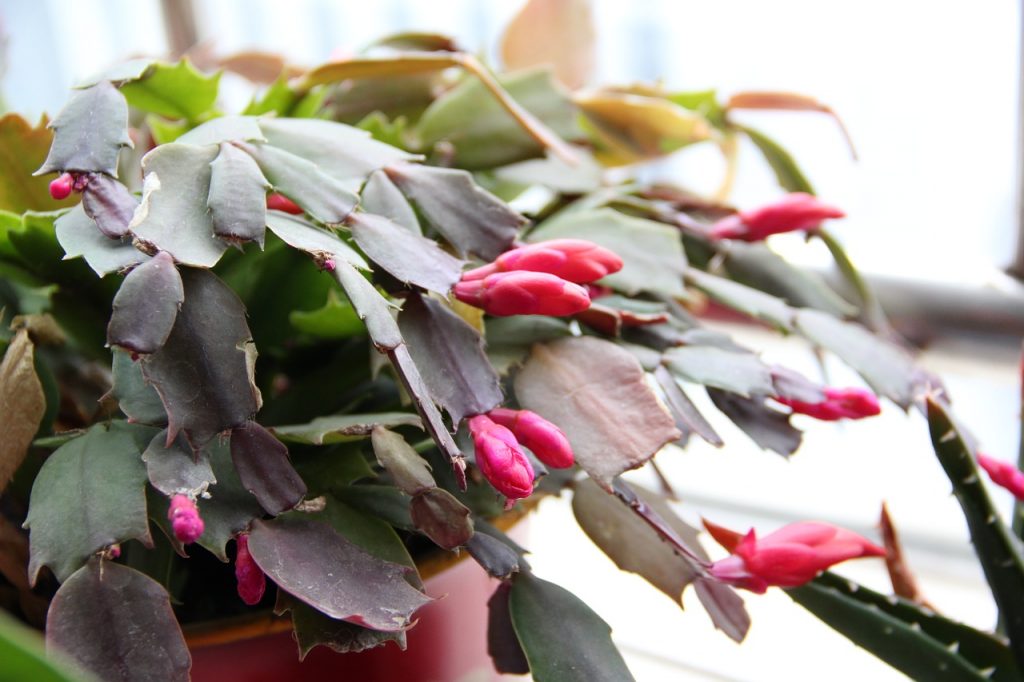
Cereus Cacti
The Cereus may not be one of the most popular cacti, but it should be. This plant has a certain secrecy and mysticism to it that is hard to deny. The more you learn about it, the more it sounds like a strange fairytale.
Native to the southwest deserts of North America and Mexico, this cacti can be found in both the Sonora and Chihuahuan deserts. On almost every single day of the year, the cereus cacti will be hard to find, since it looks like an unimportant, dead shrub.
For one night of the year only, the cereus’s trumpet-like flowers will open at nightfall to release a rare fragrance often compared to vanilla. By the time the sun rises in the morning, the event is over and the flowers are closed again for good. This magical evening happens during midsummer when waxy, creamy white colored flowers appear.
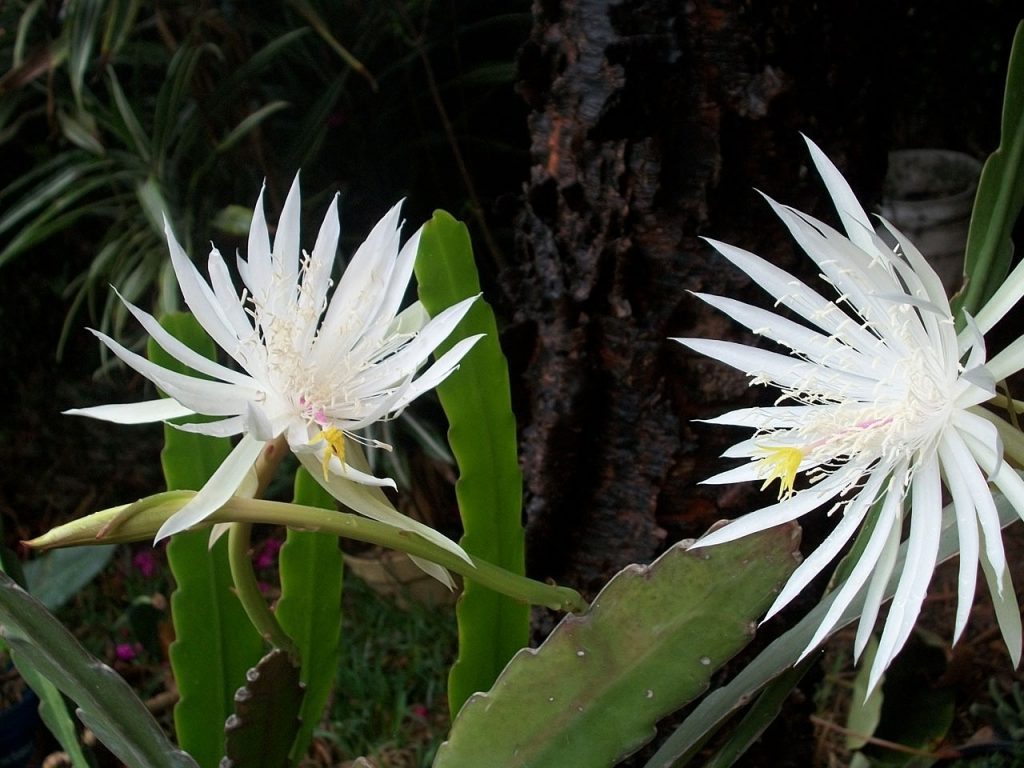
Peyote
While many people may not realize it is a cactus, they have probably heard of peyote as a hallucinogenic plant of the desert. For centuries, peyote has been incredibly important to indigenous people of the southwest. It continues to be used for religious ceremonies or rituals and for medicinal use.
Major cities such as Denver and Oakland recently decriminalized it, along with magic mushrooms. However, the plant is extremely vulnerable to habitat loss.
Also known as Lophophora williamsii, peyote is a small cactus that does most of its growing underground. Visible to a forager is what is known as a peyote “button”. This button is about the size of a baseball. Peyote is a spineless cactus and is very slow-growing.
So, what’s so trippy about peyote?
As it grows, the cactus produces phenylethylamine alkaloids, some of which have hallucinogenic properties when consumed by humans. People eat the buttons, brew the plant as a tea, smoke it, or crush it into a powder.
Another primary ingredient in peyote is mescaline, which is illegal in the US. It also makes most animals sick, protecting it in a different way than many other cacti, as it does not have spikes.
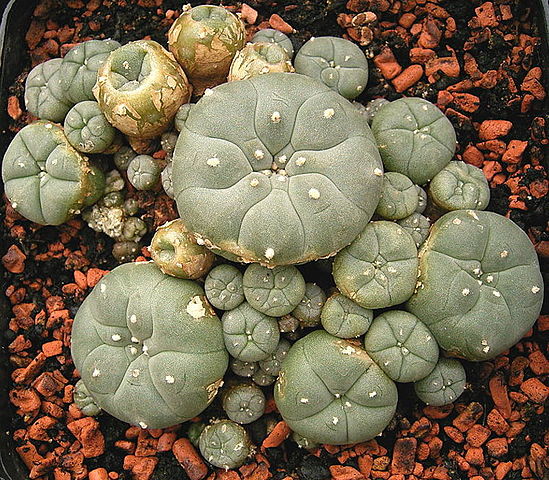
Peyote Cacti- Wikimedia Commons- photo by Frank Vincentz
With this much variety, it’s no wonder cacti are such popular plants. Despite their defenses, they are easy to appreciate and are good company for any windowsill.
How many different species of cacti grow in your neighborhood?










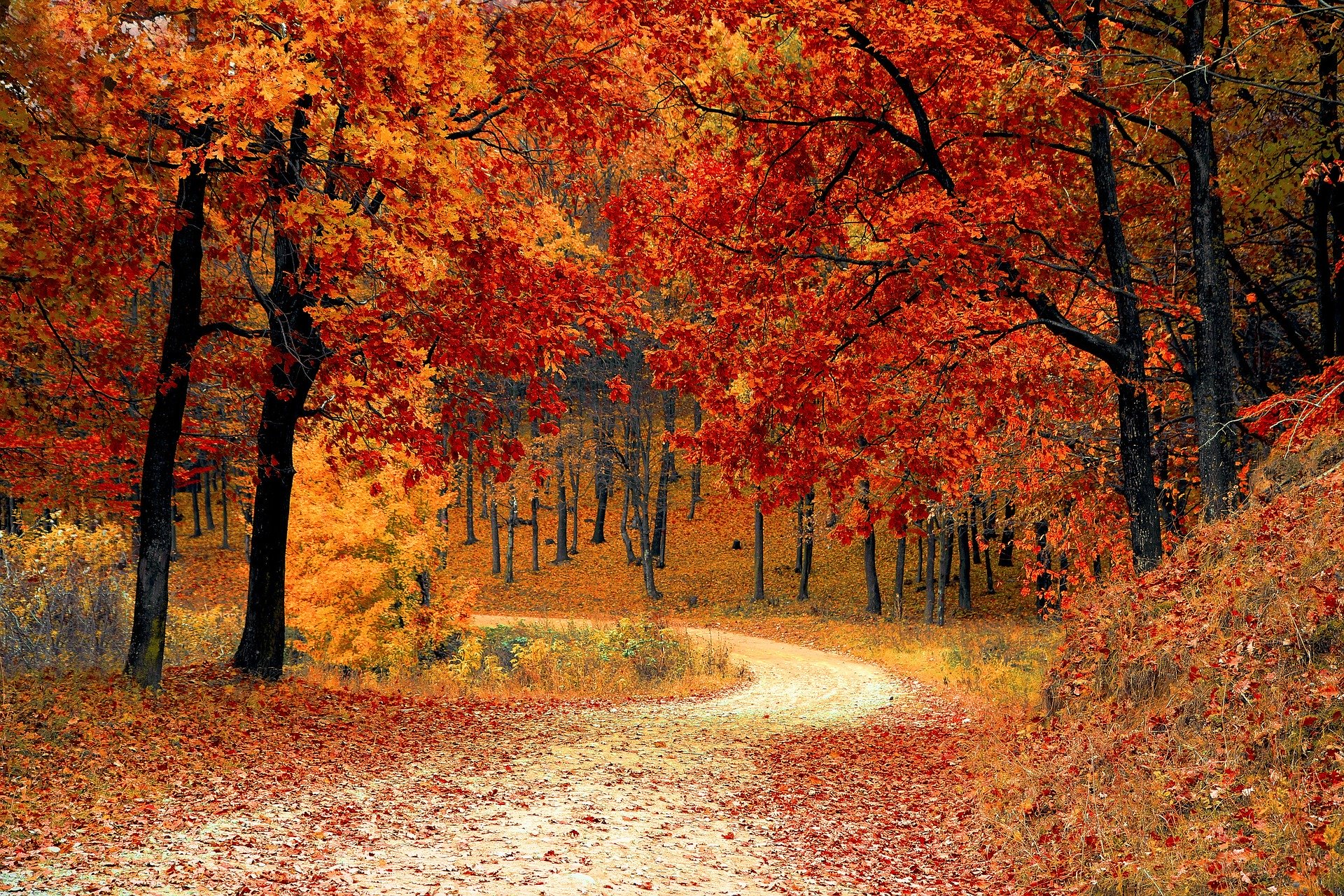
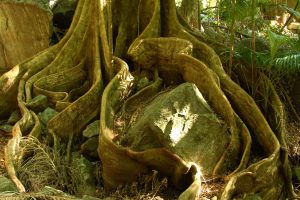

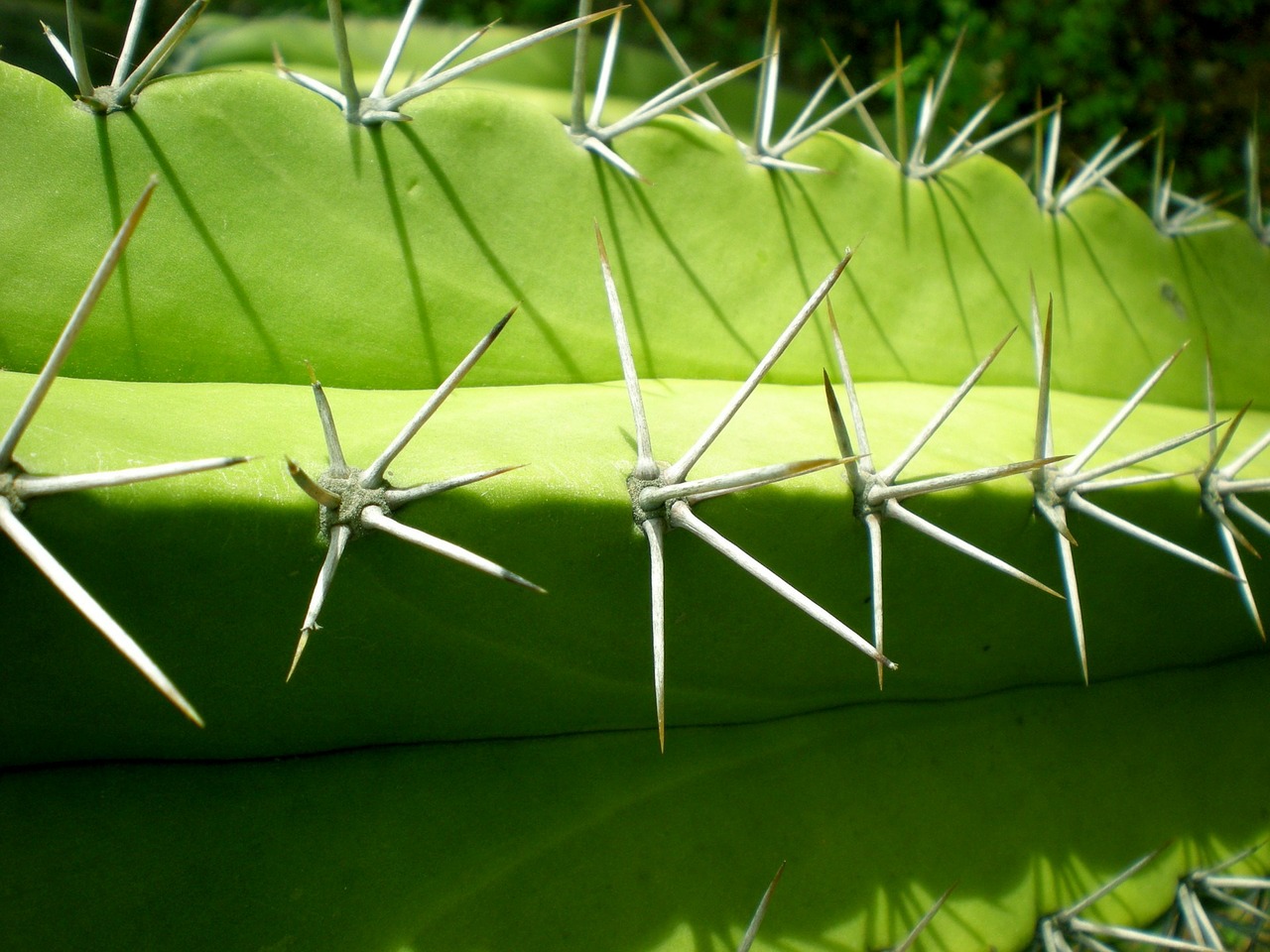
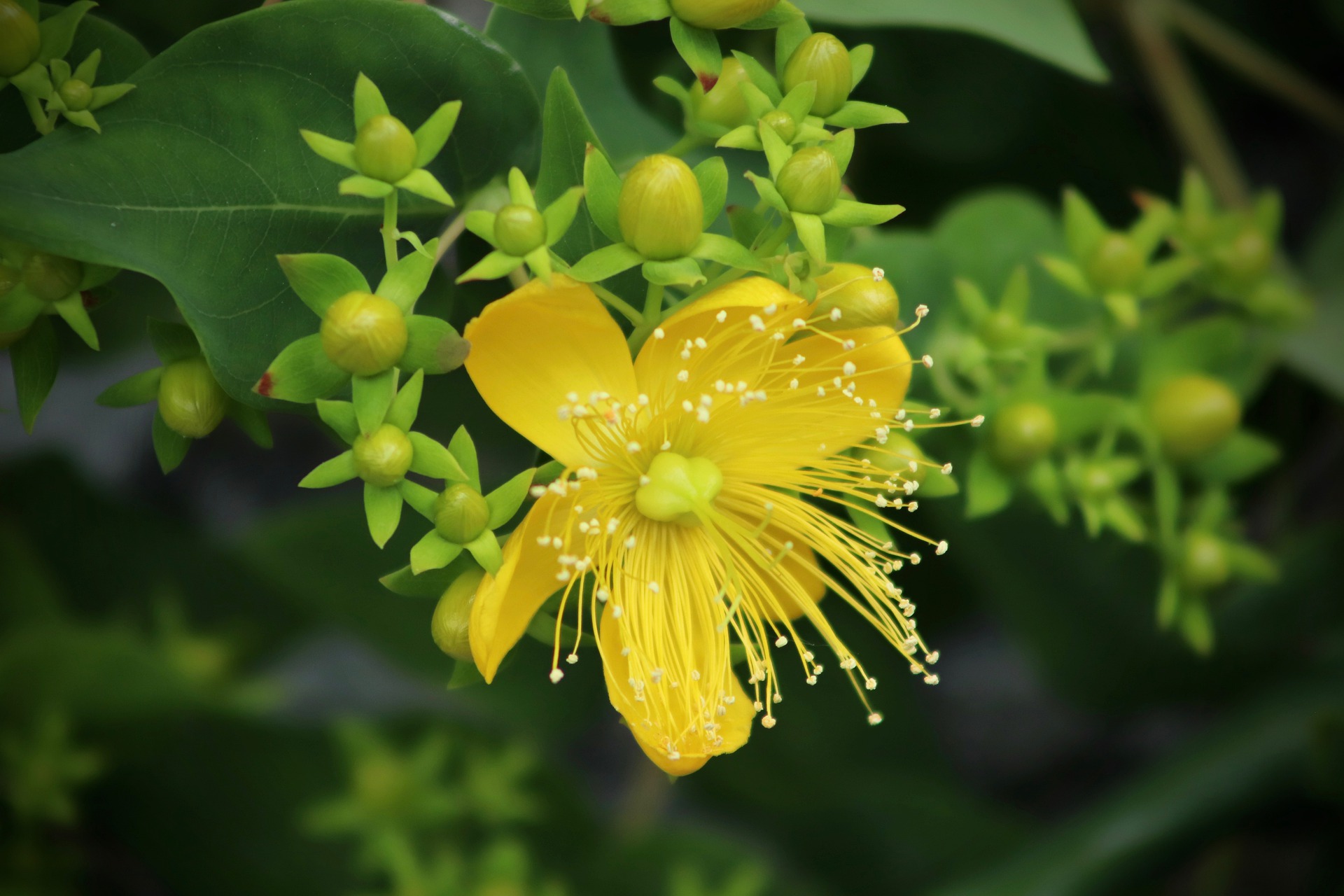

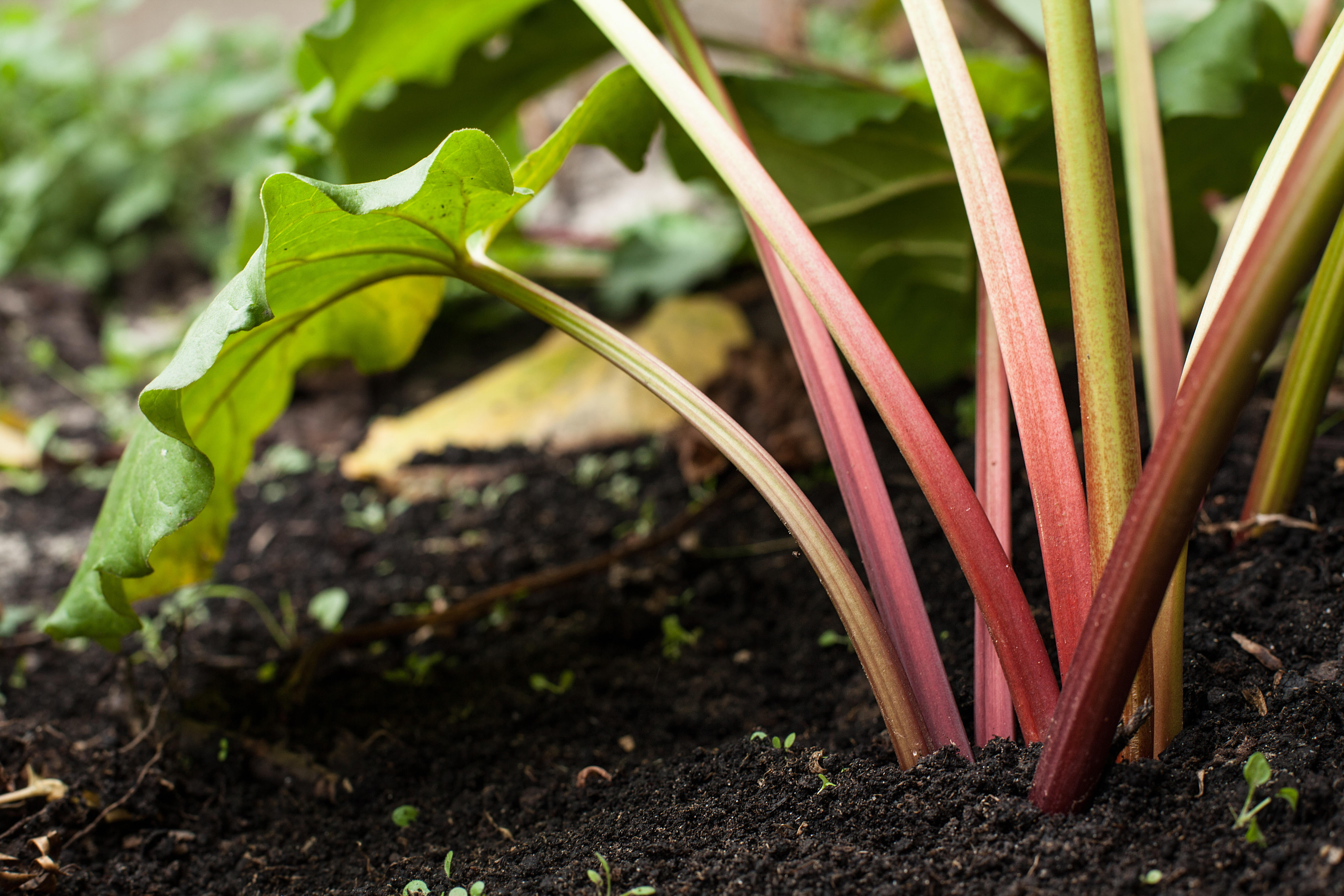



0 Comments